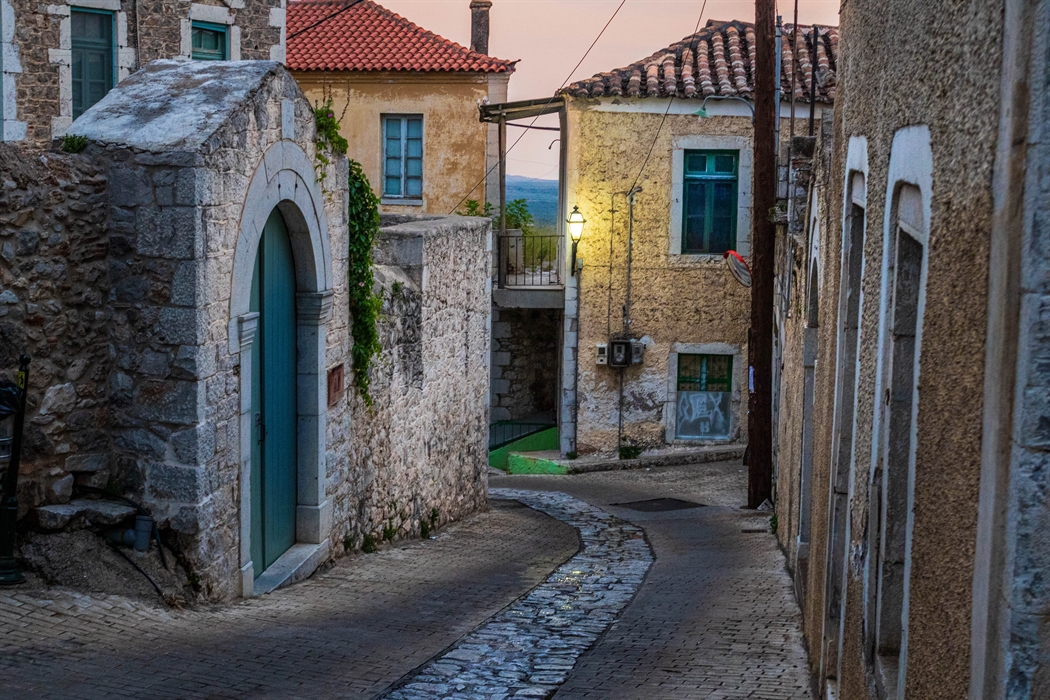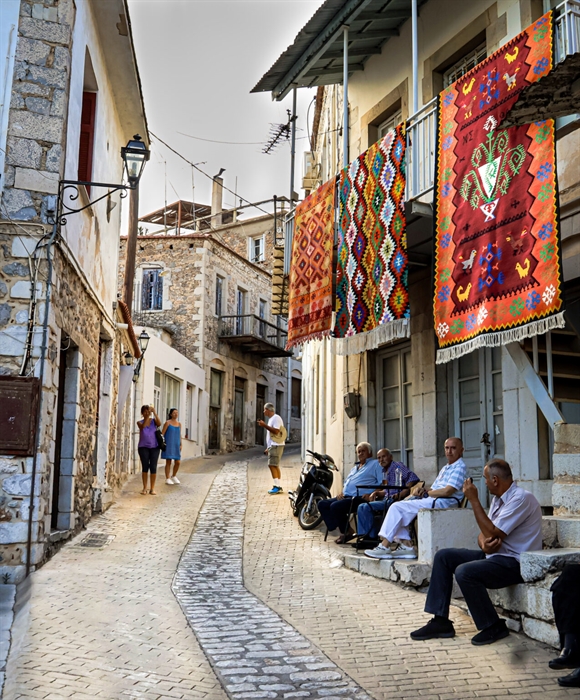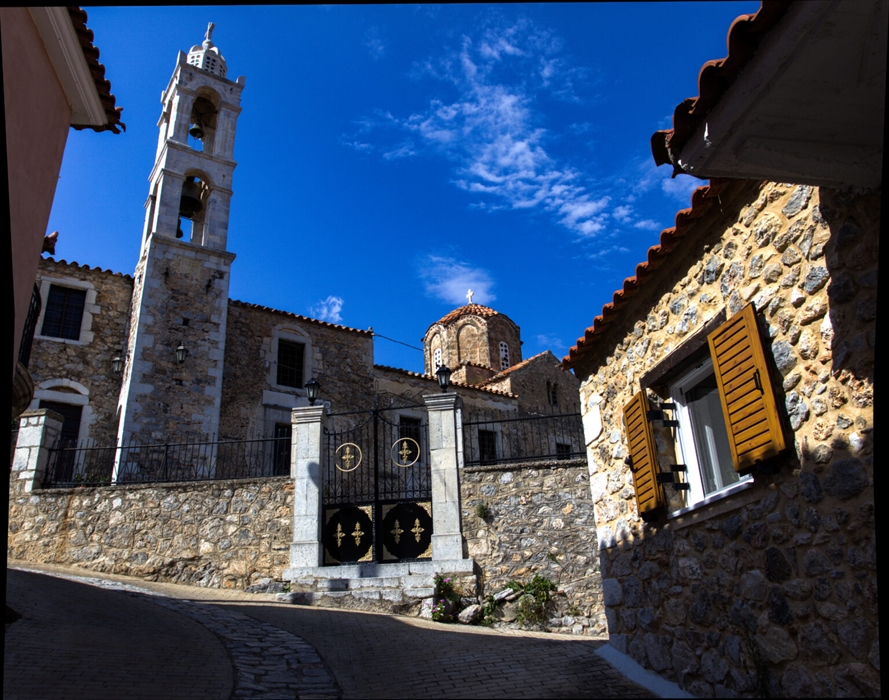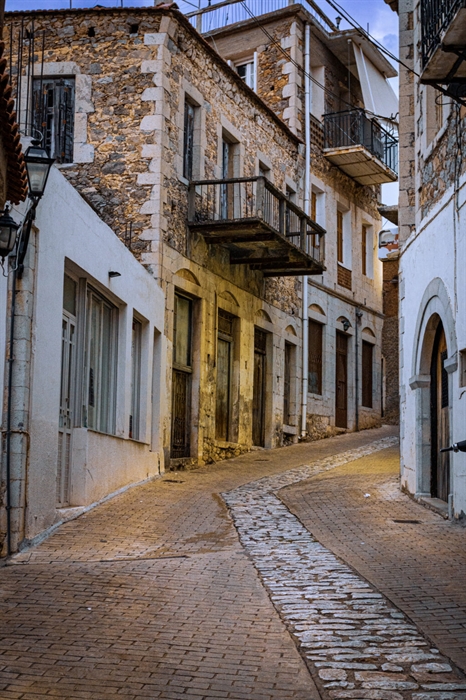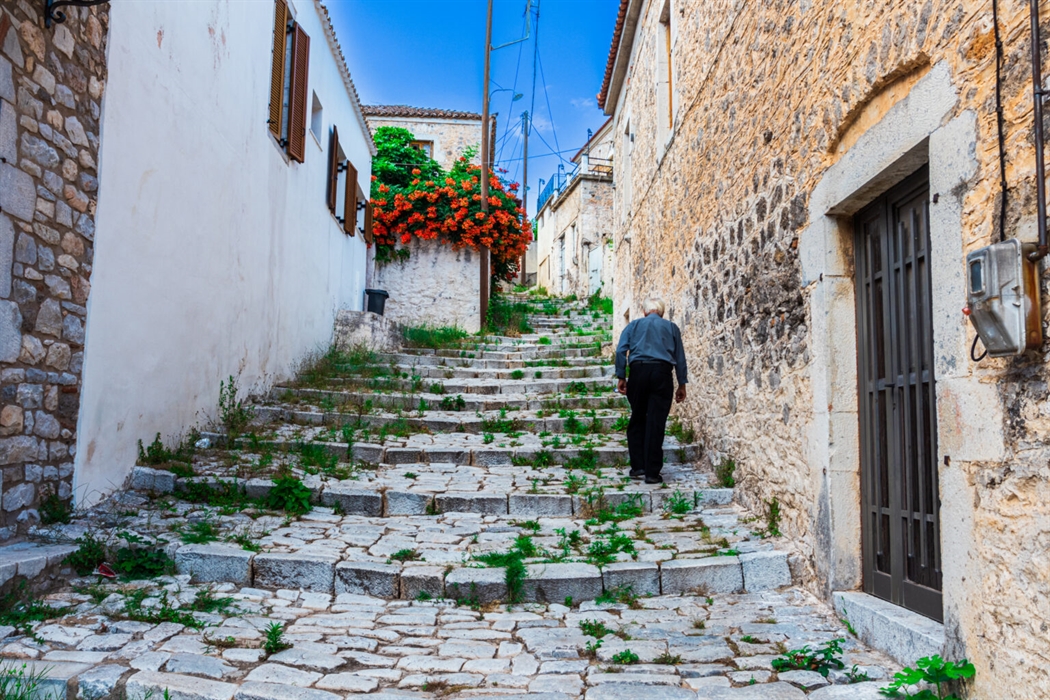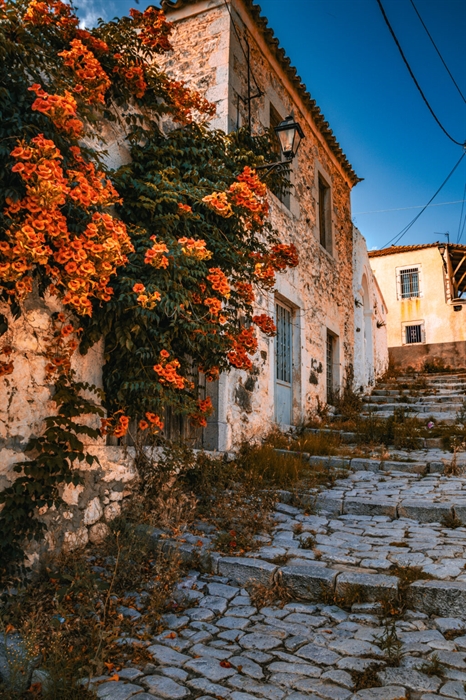The beautiful village of Laconia has an ongoing history of 2,500 years. It is famous for its Frankish castle, the ecclesiastical monuments of the Byzantine period, and the inspired “Geraki rugs”, have been included in the National Inventory of Intangible Cultural Heritage.
By reading about Geraki, and chatting with the locals, you’ll understand that it is a great large village of Laconia. Its inhabitants are hard-working and diligent, proud of their homeland, having a history of 2,500 years. Even when they had to migrate (they were among the first Greeks who left), they managed to create societies of diaspora, to thrive, and finally aid their homeland. In their turn, women from Geraki gave us marvellous works: The exquisite rugs, with the geometric or plant patterns, weaved on a standing loom, and included in the National Inventory of Intangible Cultural Heritage. The castle of Geraki,resembling Mystras, attracts every year visitors who want to admire the Byzantine churches and the ruins of the small fortified city, which was protected by its fortification.
Geraki is one of the largest settlements in the Prefecture of Laconia. It has all those characteristics of a place, which was powerful throughout its history and dominated the area - its location was a crucial contributing factor. Most of the houses preserve the traditional architecture. They were built in the late 19th-early 20th century, and they have roofs made of clay tiles. There is a large, shaded square with cafés, cobblestone streets, old coffee houses, tavernas, pensions and rooms to let. Within and around the settlement, you will admire a lot of important ecclesiastical monuments.
Findings of excavations have proved that the location where now the town lies has been continuously inhabited from the Late Neolithic era onwards (4400-3100 BC). Pausanias, touring the Peloponnese in the 2nd century AD, he visited the area and identified the location of the modern settlement of Geraki with the significant ancient city of Geronthrai: Its acropolis was fortified with a Cyclopean wall, parts of which have been preserved. Within the acropolis, Pausanias was temples dedicated to Apollo and Ares. After Dorians settled here, and mainly in Classical Antiquity, the city evolved into a remarkable political and commercial centre. Excavations conducted by the Archaeological School in Amsterdam, have brought to light several findings of that time period.
In the 3rd and 4th century AD, the city kept prospering, and so it did in the next centuries, as well. It is possible that during the last years before the Frankish conquest, several of the preserved churches were built, such as that of Saint George in the castle, that of Theofania, that of the Assumption of Virgin Mary in Epano Vrysi, Saint Nikolaos at the Tower of Geraki, with wall paintings of the 13th century, and Saint Ioannis Chrysostomos. It is also assumed thar during the same time period the new name Geraki prevailed.
A new period of prosperity began in the Byzantine period, when more religious monuments were built - at least 30 of them, and 10 of them within the fortified city. For example: Agios Sozon and Agios Athanasios, the cross-vaulted church of AgioI Theodoroi, Prophet Ilias, with wall paintings from the 17th century, resembling those on Holy Mountain, Agia Paraskevi, with wall paintings of the 13th century, Panagia Eleousa, with wall paintings of 1431, etc. During the Ottoman Occupation, the construction of churches continued.
People of Geraki took part in the struggle for Liberation in 1821. When Ibrahim’s troops marched over Laconia, destroying cities and villages, they burned down Geraki, on 12 September 1825. However, its inhabitants didn’t give up, so after the liberation of Greece, they regrouped and rebuilt their village. They produced olives olive oil and cereal, which also happens today, and handled them.
In the late 19th century, the migration to the USA and Canada started. The migrants prospered and aided their homeland. Through their funding money and hard work of their compatriots the elementary school, the Municipal Library, the High School and the monument for the fallen were built.
Since the Ottoman Occupation, many women engaged in weaving at home. Geraki rugs are mentioned in dowry contracts of the 18th century of many areas in the Peloponnese. For their high quality and traditional patterns, they won awards and praise in Vienna World’s Fair in 1873, at Zappeion in 1888, and in Thessaloniki in 1968. The formerly oral tradition is preserved thanks to a “structure” where Ms Chrysoula Stamatopoulou teaches weaving, the only remaining experienced weaver.
On special occasions, the custom of the weavers of Geraki is revived, when women lay the traditional rugs on the terraces and balconies. The custom is organised by the “Cultural Association of Geronthrai”.
Every year, the two-day festival of the Immigrant takes place in the square, with traditional treats and cultural events.
(Source of historical facts: hellenicaworld.com).
Watch videos about the churches of Geraki.
Geraki is about 35 km away from Sparta.
The Tower of Geraki
These are ruins of a fortress in the area of Pyrgos, around 500 m away from the last houses of the settlement. It doesn’t appear to be connected in any way with the fortified city of Geraki. It has a fortifications, with a perimeter of 210 meters, and the walls are pretty well preserved. On the east side lie the ruins of a high tower. It is believed to have been built in the 14th century.
Find the destination on the interactive map below. Open on Google Map.
Σχετικό περιεχόμενο χρηστών (UGC)
Ενημερωθείτε για ενδιαφέροντα θέματα γύρω από τον προορισμό μέσα από το περιεχόμενο των χρηστών μας
Newsletters
- About Us
- FAQ's
- Map
- Tourism Information Centers
- Disclaimer
- Sitemap
- Our Brand
- Media Room
- Add your Business
- Corporate
- MICE
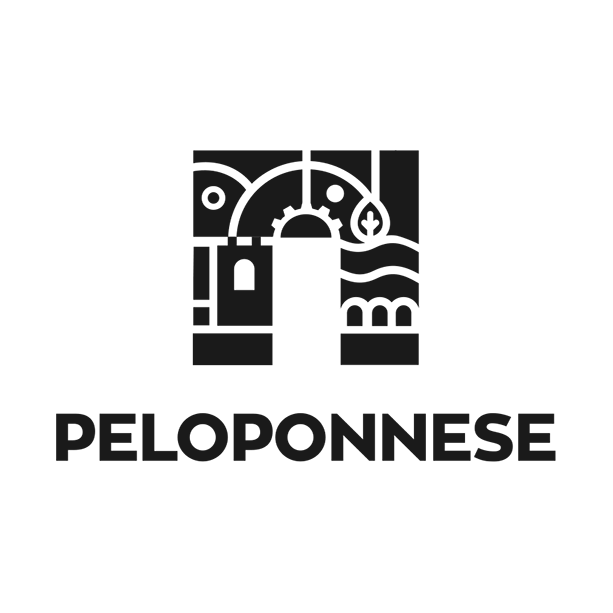
Peloponnese. The land of impossible beginnings
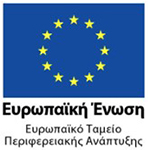
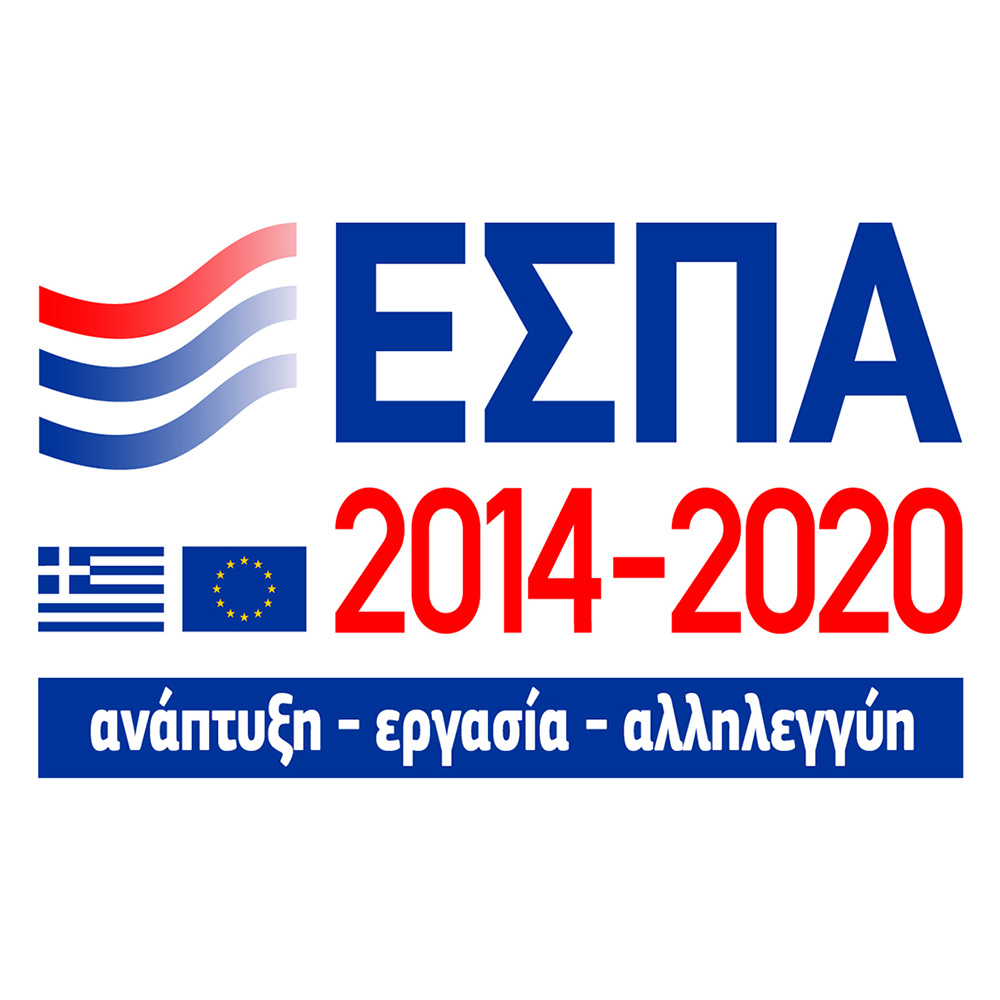
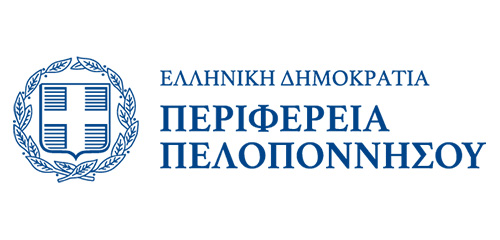
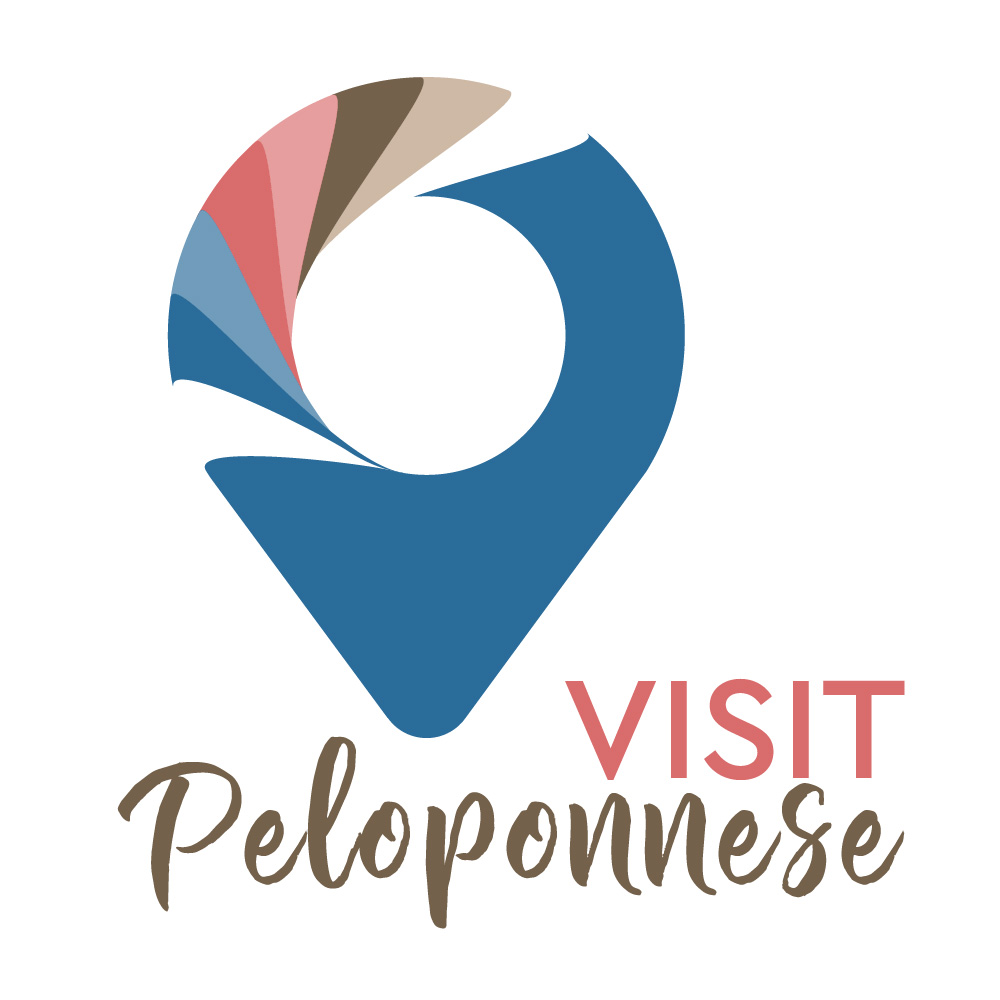

Design and creation from Cosmote
Marinas and Moorings
Diving Centers
Get Inspired
- Media Gallery
- Peloponnese Travel Blog
- The Peloponnese in the Media
- Your Feedback
- Users' General Content
- Users' Local Products
- Users' Events Content
- Ask a Local
More
- My peloponnese vibe
- Our providers Network
- Destinations Map
- Weather
- Public Transport
- Frequently Asked Questions
- Useful Phones
- B2B
- Destination Statistical Data
- Contact


